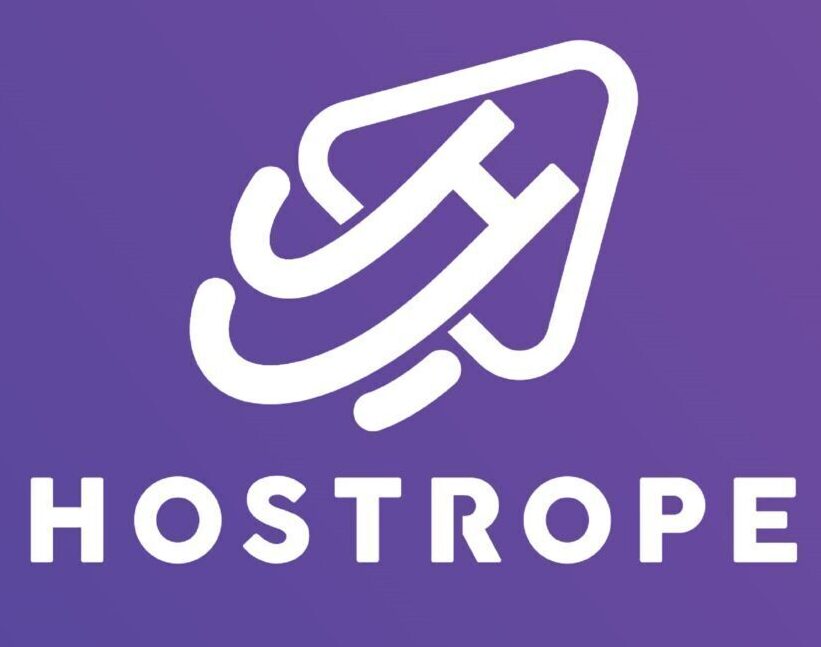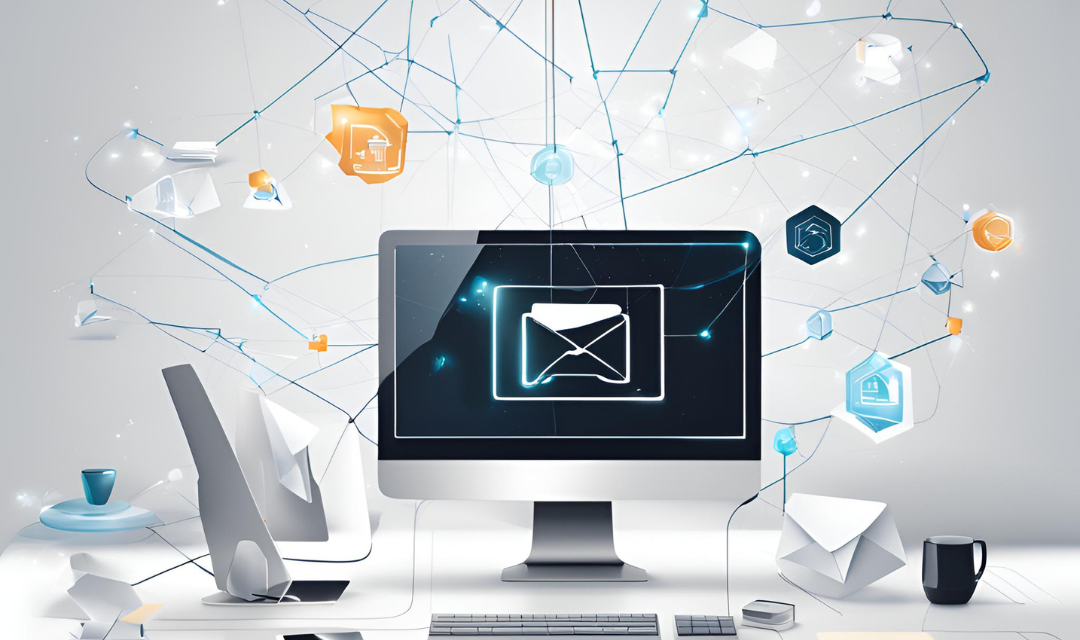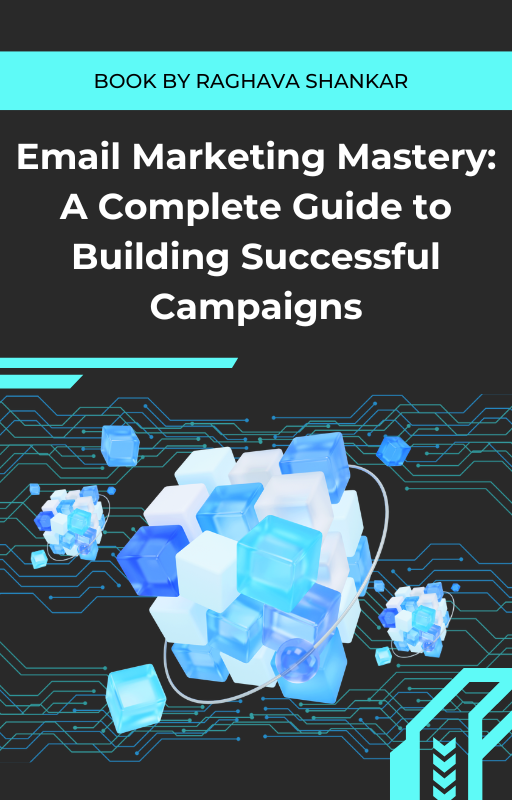In the digital age, where communication happens at lightning speed, email marketing stands out as one of the most effective channels for engaging with customers and driving conversions. However, as businesses grow, managing email campaigns can become overwhelming. Enter email marketing automation—a powerful solution that streamlines your efforts while maximizing results. This comprehensive guide will explore email marketing automation, its benefits, essential workflows, and practical examples to help you get started.
What is Email Marketing Automation?
Email marketing automation is the use of software to send targeted emails automatically based on specific triggers or actions taken by the recipient. This process allows businesses to create personalized customer journeys without the need for constant manual oversight.
Key Components of Email Marketing Automation
- Triggers: Triggers are specific actions that prompt an automated email to be sent. For example:
- A new subscriber joins your mailing list.
- A customer abandons their shopping cart.
- A user reaches a milestone (e.g., their birthday).
Example: If a user signs up for your newsletter on your website, a welcome email can be automatically sent within minutes, introducing them to your brand and what they can expect from future communications.
- Workflows: Workflows are pre-defined sequences of emails that are sent based on specific triggers.Example: A common workflow is a welcome series. When someone subscribes, they might receive:
- Email 1: A welcome message and a discount code.
- Email 2: Information about your most popular products.
- Email 3: Customer testimonials to build trust.
- Segmentation: Segmentation involves dividing your email list into specific groups based on various criteria, such as demographics, purchase history, or engagement level.Example: If you run an e-commerce store, you could segment your list into categories such as “Frequent Buyers,” “First-Time Customers,” and “Inactive Subscribers.” Each group can receive tailored messaging that resonates with their unique behaviors and preferences.
- Analytics: Analytics is crucial for tracking the performance of your automated campaigns. Metrics such as open rates, click-through rates (CTR), conversions, and overall ROI help you understand what is working and what needs improvement.Example: After sending out an automated email campaign, you notice a 30% open rate but a 1% click-through rate. This data might indicate that while the subject line was compelling, the email content or call-to-action (CTA) needs refinement.
Benefits of Email Marketing Automation
1. Time Efficiency
Automating your email processes saves significant time, allowing marketers to focus on strategy and creative tasks rather than manual sending.
Example: Instead of spending hours sending individual follow-up emails to customers after they make a purchase, automation lets you set up a workflow that sends a thank-you email, a product care guide, and a request for feedback—all automatically.
2. Personalization at Scale
Automation allows you to send personalized emails to large audiences based on their behavior and preferences, increasing engagement and conversions.
Example: An online bookstore can use data to send personalized recommendations. If a customer purchases a mystery novel, the next automated email might recommend new mystery releases or related genres like thrillers.
3. Improved Customer Engagement
Consistent communication through automated emails keeps your brand top of mind and builds stronger relationships with customers.
Example: After a customer purchases a product, an automated email can follow up with care tips, usage ideas, or links to related content on your blog. This ongoing engagement can encourage repeat purchases.
4. Enhanced Accuracy
Automated systems reduce the risk of human error. You can create workflows that ensure emails are sent at the right time to the right audience.
Example: If a customer signs up for a webinar, an automated system can send confirmation emails, reminders as the date approaches, and follow-ups after the event—all without any manual effort.
5. Better Analytics
Automated campaigns provide valuable insights into performance metrics, enabling you to optimize future strategies.
Example: By analyzing the performance of your automated email campaigns, you may discover that emails sent on Tuesday mornings have higher open rates compared to those sent on Fridays. This insight can help you choose the best days and times for your campaigns.
Getting Started with Email Marketing Automation
Step 1: Choose the Right Email Marketing Automation Tool
Choosing the right software is crucial for successful automation. Some popular options include:
- Mailchimp: Ideal for small to medium-sized businesses, known for its user-friendly interface and extensive features.
- HubSpot: Offers advanced automation tools integrated with its CRM capabilities, suitable for larger businesses.
- ActiveCampaign: Focuses on robust automation features and CRM capabilities for businesses looking to deepen customer relationships.
- SendinBlue: Budget-friendly and offers a range of features, including SMS marketing.
Step 2: Build Your Email List
A successful email automation strategy starts with a quality email list. Utilize various methods to attract subscribers:
- Lead Magnets: Offer valuable content like eBooks, checklists, or discounts in exchange for email sign-ups.Example: A fitness brand could offer a free meal plan to new subscribers, enticing them to join the list.
- Landing Pages: Create dedicated landing pages for specific offers or campaigns to capture email addresses.
- Social Media: Promote your newsletter on platforms like Instagram or Facebook, directing followers to a sign-up form.
Step 3: Define Your Goals
Clearly outline what you want to achieve with your email automation efforts. Common goals include:
- Increasing website traffic by 20% in three months.
- Boosting sales by 15% through targeted promotions.
- Growing your subscriber base by 50% in six months.
- Enhancing customer retention by implementing loyalty programs.
Step 4: Segment Your Audience
Segmenting your audience allows you to deliver targeted content. Some strategies include:
- Behavioral Segmentation: Group users based on their interactions with your emails and website.Example: Create segments for users who frequently open your emails versus those who have not engaged in the last six months.
- Demographic Segmentation: Divide your list by age, location, or gender to tailor your messaging effectively.
Step 5: Create Automation Workflows
Develop workflows based on your goals and audience segments. Here are some common automation workflows with examples:
Welcome Series
Workflow: Send a sequence of emails to new subscribers to introduce your brand.
- Email 1: A warm welcome message and a discount code (e.g., “Welcome to Our Community! Here’s 10% Off Your First Purchase”).
- Email 2: Highlight your best-selling products or services (e.g., “Discover Our Top Picks Just for You!”).
- Email 3: Share customer testimonials to build trust (e.g., “See Why Others Love Us!”).
Abandoned Cart Emails
Workflow: Send reminders to customers who left items in their shopping cart.
- Email 1: A gentle reminder about the abandoned cart (e.g., “Did You Forget Something?” with a list of items left behind).
- Email 2: An offer of a discount to complete the purchase (e.g., “Complete Your Order and Get 10% Off!”).
- Email 3: A final reminder with customer reviews of the items (e.g., “Last Chance! See What Others Are Saying”).
Post-Purchase Follow-ups
Workflow: Send emails after a purchase to enhance the customer experience.
- Email 1: A thank-you message with a request for feedback (e.g., “Thank You for Your Purchase! We’d Love to Hear Your Thoughts”).
- Email 2: Suggestions for complementary products (e.g., “You Might Also Like…”).
- Email 3: A loyalty program invitation (e.g., “Join Our Rewards Program for Exclusive Benefits”).
Re-engagement Campaigns
Workflow: Target inactive subscribers to reignite their interest.
- Email 1: A survey to understand why they’ve disengaged (e.g., “We Miss You! Tell Us How We Can Improve”).
- Email 2: A special offer to entice them back (e.g., “Here’s 20% Off Your Next Order—We Want You Back!”).
- Email 3: A final notice before removal from the list (e.g., “Last Chance to Stay Subscribed! We’d Hate to See You Go”).
Step 6: Monitor and Optimize Your Campaigns
Regularly review your analytics to identify trends and areas for improvement.
Example: If your welcome series has a high open rate but low click-through rate, consider adjusting the content or CTA. Use A/B testing to experiment with different subject lines, content formats, or sending times.
Best Practices for Email Marketing Automation
- Focus on Quality Over Quantity: Prioritize building a high-quality email list rather than just increasing subscriber numbers. Engaged audiences yield better results.Example: Instead of buying email lists, create compelling lead magnets to attract organic subscribers who are genuinely interested in your brand.
- Maintain Consistency: Ensure your email design, tone, and messaging align with your brand identity. Consistency fosters brand recognition and trust.Example: Use a consistent color scheme, logo, and voice across all email communications.
- Respect Privacy and Preferences: Always provide an opt-out option and respect subscriber preferences. This builds trust and encourages positive engagement.Example: Include a clear unsubscribe link in every email and ensure that your emails comply with regulations like GDPR and CAN-SPAM.
- Test and Experiment: Regularly test different elements of your emails (subject lines, content, CTAs) to see what resonates best with your audience.Example: Conduct A/B testing for two different subject lines to determine which one yields a higher open rate.
- Keep Your Content Relevant: Ensure your email content is tailored to your audience’s interests and needs. Segmenting your list helps you deliver more relevant content.Example: If a subscriber frequently buys fitness gear, tailor future emails to include related products and tips on workouts.
Conclusion
Email marketing automation is not just a trend; it’s a necessity for businesses looking to engage customers effectively and efficiently. By implementing automated workflows, you save time, enhance personalization, and drive better results. With the right tools, strategies, and best practices, email marketing automation can be a game-changer for your business.
As you embark on this journey, remember to monitor your performance, optimize your strategies, and continuously adapt to your audience’s needs. With dedication and a solid approach, you can turn your email marketing automation efforts into a powerful driver of success.













Do you have a spam issue on this site; I also am a blogger, and I was curious about your situation; many of us have developed some nice procedures and we are looking to swap strategies with other folks, be sure to shoot me an email if interested.